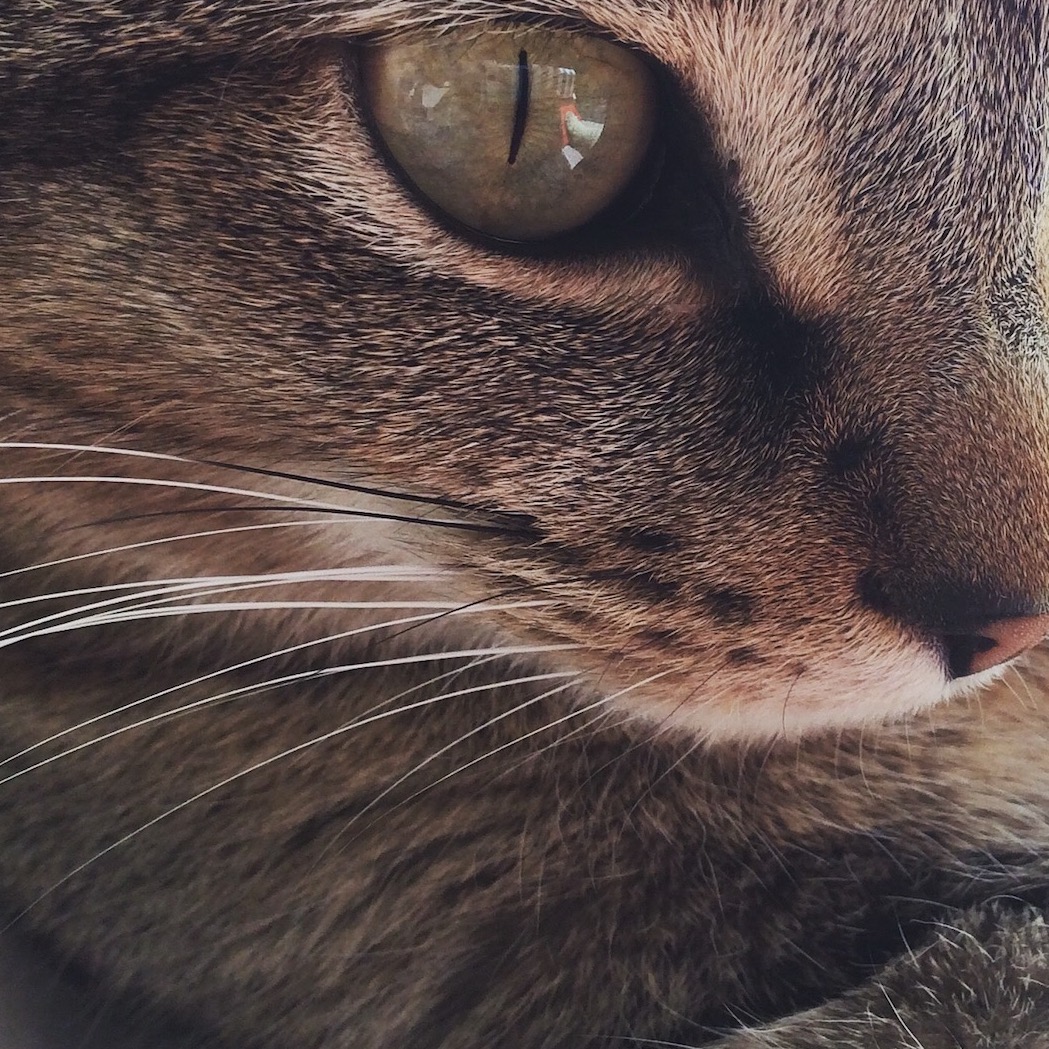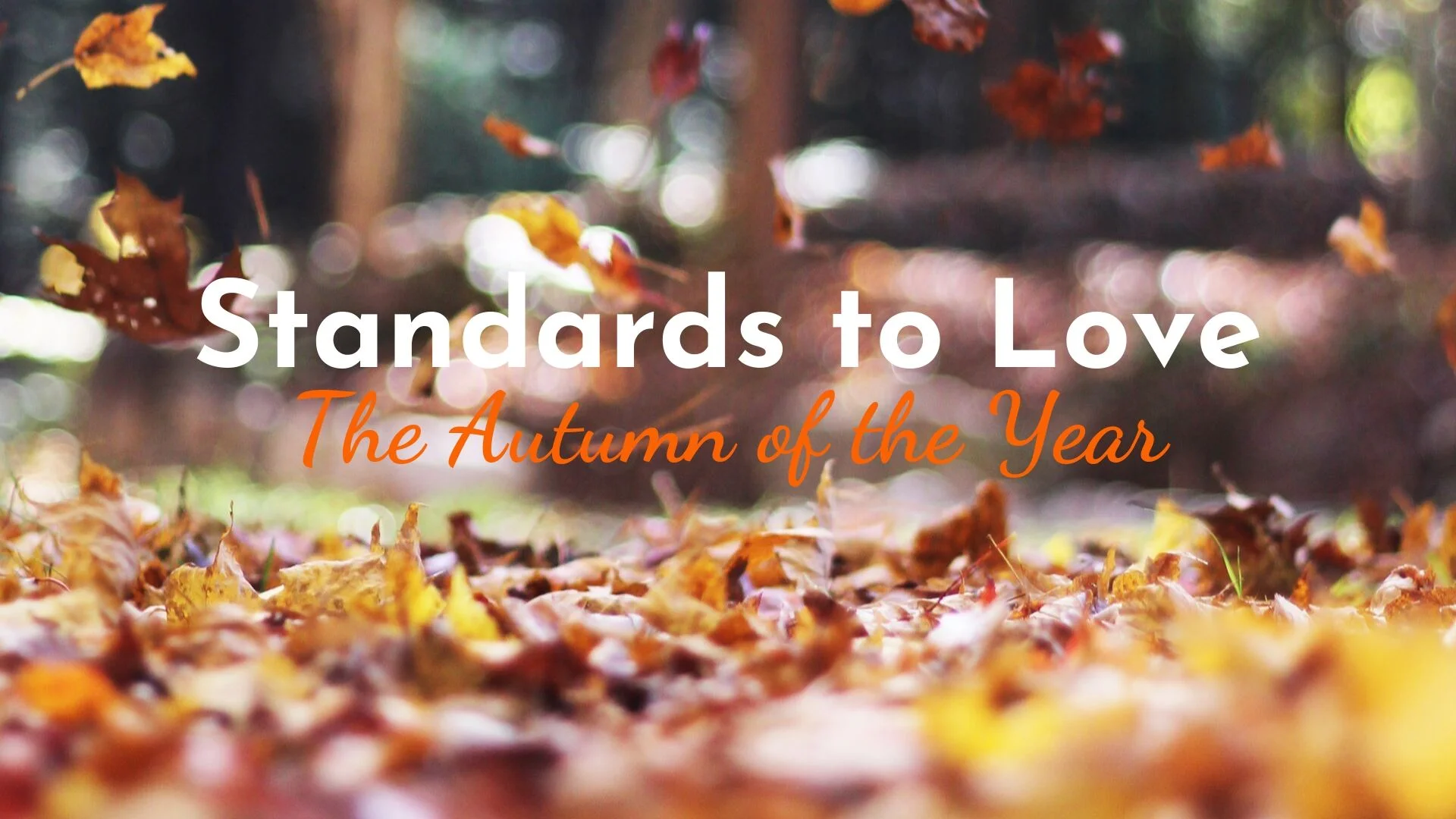Music to Love: Unwinding with the Waltz
Ordinarily the music I write about is from the Great American Songbook. However, from time to time, I deviate from the standards and delve into opera or other classical veins. (And, on rare occasions, I even get a little modern a.k.a. Standards to Love: Bossa Nova Summer Night.)
As I have been doing a lot of reading and research for more upcoming blog posts about self-care and well-being, I have found myself gravitating to more instrumental, classical offerings in my music selection. In doing so, I have found myself somewhat enraptured with the uplifting nature of the waltz.
Lord knows we need to have our spirits uplifted in this day and age. I have had to curtail myself where the news is concerned because so much of it is heart wrenching, troubling, and, on occasion, infuriating. None of those elements is good for anyone’s mental or physical health.
So, in an effort to spread some joy, encouragement, and tranquility, I believe this post is in order.
The history of the waltz is in many ways akin to that of the tango, which I speak about in more depth in Dance Me to the End. Like the tango, the waltz made its start among the peasants. In the mountains of Austrian and the suburbs of Vienna in the 17th century, men and women waltzed together. At the time it was considered quite scandalous by the upper crust of society as it required that a man put his arm around the woman’s waist and bring her into very close proximity to his person.
However, as the beauty of this three-four time step could not be denied, by the end of the eighteenth century, the very elect of the nations could be seen waltzing in their extravagant ballrooms.
When waltzes are discussed, one name does tend to stand above them all. As Gershwin wrote:
“When I want a melody
Lifting through the house
Then I want a melody
By Strauss
It laughs, it sings, the world is in rhyme
Swinging to three-quarter time”
If you change up the vernacular, much of Johannes Strauss II early life may not sound that different from some young men and women of today. Johann’s father- that would Johann the First- was an orchestra leader, a maestro. And because he knew the hardships and economic uncertainties that came with such a profession, it was his desire for his eldest son to NOT follow in his footsteps. He pushed Johann II into banking. As we all recall our Poppins-
“Now, dear readers, when you deposit tuppence in a bank account
Soon you’ll see
That it blooms into credit of a generous amount
Semiannually
And you’ll achieve that sense of stature
As your influence expands
To the high financial strata
That established credit now commands”
Although Johann I was a massive success as a composer and orchestra leader, playing for royalty across the Continent and Britain, he was severely strict that his sons- of which he had four legitimate ones with his wife- would never have a musical career. Their desires did not matter to him, as each of them showed great proficiency musically.
Johann I should have known better. The musicality that percolated in his DNA and produced a revolutionary love the world over the waltz and other transportive dances was not to be denied in the next generation. While Johann II did as his father bid, becoming a bank clerk, he nurtured his love of music by taking secret violin lessons.
At the age of nineteen, Johann II threw caution into the wind, openly defied his father, and started his own band in his garage… I jest. While I can’t say with any authority that the Waltz King possessed a store house for his equipage or utilized said house for musical practice purposes, I do know that he formed a dance band.
However, given the fact that Johann I’s disapproval of his sons following in his footsteps was widely known amongst vendors in Vienna, Johann II had a difficult time finding a venue to play with his band. Only one place, Dommayer’s Casino, a tavern where Johann I had played many time to great success, risked Johann I’s disapproval. They gave Johann II and his dance orchestra a shot. And while it did result in Johann I never playing there again, Dommayer’s Casino made a wise business move. Not only was Johann II’s orchestra a massive success, but the resultant rivalry that unfolded between father and son and made the headlines and gossip sheets the world over ignited everyone’s curiosity and Dommayer’s as well as Johann II’s career were on fire.
Just like his father, Johann II possess great acuity as a composer. In his lifetime, he wrote over 400 compositions of which about 150 were waltzes. Furthermore, honoring his Catholic upbringing, Johann II never spoke ill of his father. Rather, he praised his father’s compositions, often playing them in places of honor during his concerts.
Statue of Johann Strauss II in Vienna, Austria.
When Johann I died in 1849 of scarlet fever, Johann II combined his orchestra with his father’s and the rest, as the saying goes, is history. Ultimately, two of Johann II’s brothers would join him, taking over his orchestra as well as composing a bevy of pieces between them. Suffice it to say that while Johann II may bear the title of Waltz King, the Strauss blood flowed through the veins of all the siblings and later their offspring as well. In fact, Nita Strauss, who plays guitar for Alice Cooper amongst others, claims to be from the Strauss family. Music, it would seem, is in their blood.
Strauss, I and II, were so wildly popular during their time that even contemporary composers of note, men who we all hold in high regard even to this day, sang their praises. Richard Strauss (no relation) composer of such operas as Eleckra and Salomé as well as the tone poetry Thus Spake Zarathustra, said,
“How can I forget the laughing genius of Vienna?”
My favorite anecdote, however, involves Johannes Brahms. Now, anyone who thinks of classical music, or even hums the eponymous lullaby, immediately thinks of Brahms. He’s one of the three BIG B’s of classical music- Bach, Beethoven, and BRAHMS. So, it’s a lot of fun to see how much he revered and appreciates the joie de vivre of Strauss.
In the 1800s, it was the custom of women to carry fans to concerts. Certainly they provided the practical relief of air circulation, but it also provided a place for a famous composer to sign his name (hence the evolution of the term fan to mean someone who admires another’s work). Adele Strauss, wife of Johann II, once approached Johannes Brahms for his autograph. He took her fan and wrote out a few bars of The Blue Danube and then signed it ‘unfortunately NOT by Johannes Brahms.’
While the Strauss family may seem to have cornered the market on the waltz, there are numerous other composers of note who have written beautiful waltzes, too. Brahms is one of them. Tchaikovsky is another.
While the playlist I’m linking you to (Unwind with the Waltz) does included an assortment of waltzes (and other dances) that all uplift the spirit, the first on the list is the masterpiece entitled The Never-Ending Waltz by Maestro Erich Kunzel and the Cincinnati Pops Orchestra. This album is an hour long, uninterrupted melding of some of the most wonderful waltzes ever composed. Without altering or rewriting any of the pieces, Kunzel seamlessly transitions into each one magnificently. And while it may not be a truly never ending waltz, the sixty minutes of non-stop waltzes should be just the thing to help you unwind and relax, whether it be in between business calls or at the end of a busy day.
What’s your favorite instrumental music to unwind to?

































An in-depth look into the majesty of what has become a Christmas classic: Handel’s Messiah.